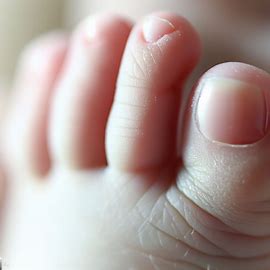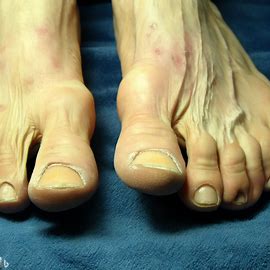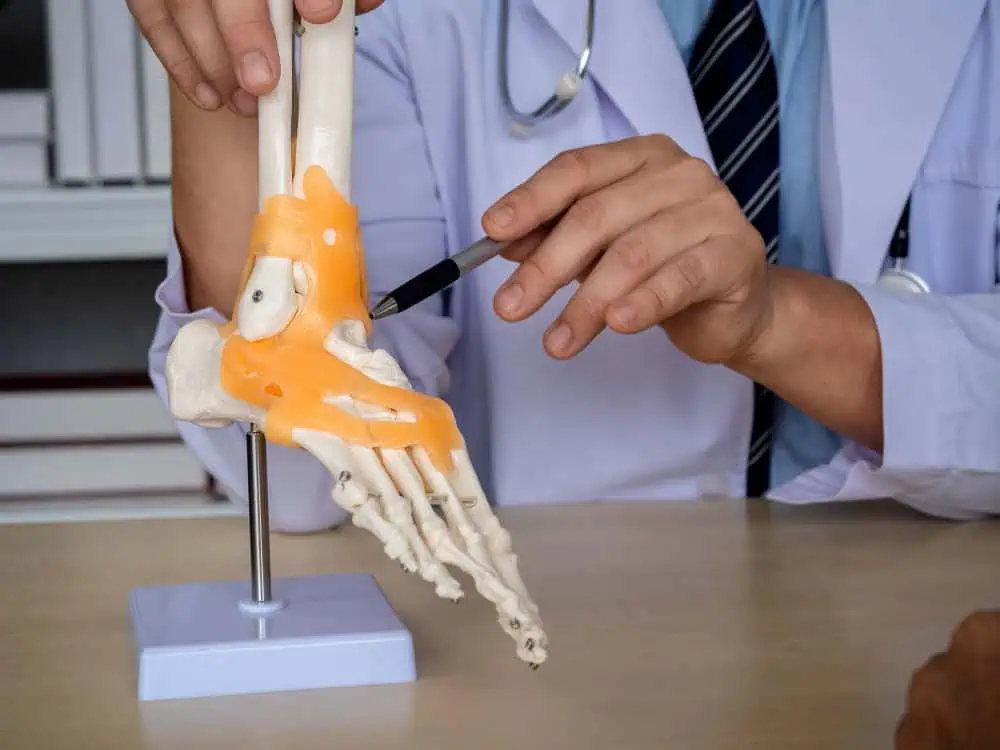Preventing and Treating Your Baby’s Ingrown Toenails
Welcome to the WeTreatFeet Podiatry comprehensive guide on preventing and treating your baby’s ingrown toenails. As a concerned parent, it is crucial to understand how to care for your baby’s delicate feet. Ingrown toenails can cause discomfort and potential infection, but with the right knowledge and care, you can keep your little one’s feet healthy and pain-free.
What are Ingrown Toenails?

Preventive Measures
- Trim Nails Properly: Trim your baby’s nails straight across, avoiding curved edges that could potentially grow into the surrounding skin. Use baby-sized nail clippers or blunt scissors specifically designed for infants.
- Maintain Optimal Nail Length: Avoid cutting your baby’s nails too short, as this increases the chances of ingrown toenails. Aim to keep the nails at a moderate length, allowing a small margin beyond the tips of the toes.
- Choose Comfortable Footwear: Select shoes and socks that provide ample space for your baby’s toes to move freely. Tight-fitting footwear can increase the risk of ingrown toenails.
- Practice Good Hygiene: Regularly clean your baby’s feet, making sure to gently wash around the nails. Keeping the feet clean helps reduce the risk of infection and promotes healthy nail growth.
Identifying Ingrown Toenails
It’s essential to recognize the early signs of ingrown toenails in your baby. Look out for the following symptoms:
- Redness and Swelling: If you notice redness and swelling around your baby’s toenails, it could indicate the presence of an ingrown nail.
- Discomfort and Irritation: Infants may exhibit signs of discomfort, especially when you touch or put pressure on their affected toes. They might become fussy or cry during diaper changes or while putting on shoes.
- Infection: In severe cases, an ingrown toenail can lead to infection. Watch for signs of pus, discharge, or increased redness, as these may indicate an infection requiring medical attention.
Treating Ingrown Toenails
If you suspect that your baby has an ingrown toenail, follow these steps to provide relief and prevent further complications:
- Warm Water Soaks: Soak your baby’s affected foot in lukewarm water for 10-15 minutes, a few times a day. This will help reduce swelling and alleviate discomfort.
- Trim nail across: After the warm water soak, gently trim the affected area of nail to e relieve tenderness.
- Apply Antiseptic: If there are signs of infection, consult your WeTreatFeet Podiatrist for guidance on applying an appropriate antiseptic or antibiotic ointment.
- Seek Medical Advice: If the ingrown toenail does not improve or shows signs of infection, it is advisable to seek medical attention. WeTreatFeet can provide the necessary treatment and advice tailored to your baby’s specific condition.
Conclusion
By following preventive measures and being vigilant about the signs of ingrown toenails, you can help protect your baby’s delicate feet. Remember to maintain good hygiene, trim their nails carefully, and choose comfortable footwear. Should you suspect an ingrown toenail, take prompt action to alleviate discomfort and prevent potential complications. Your baby’s foot health is vital, and with proper care, you can ensure their happy, healthy steps. Click here for an appointment to have this evaluated.




